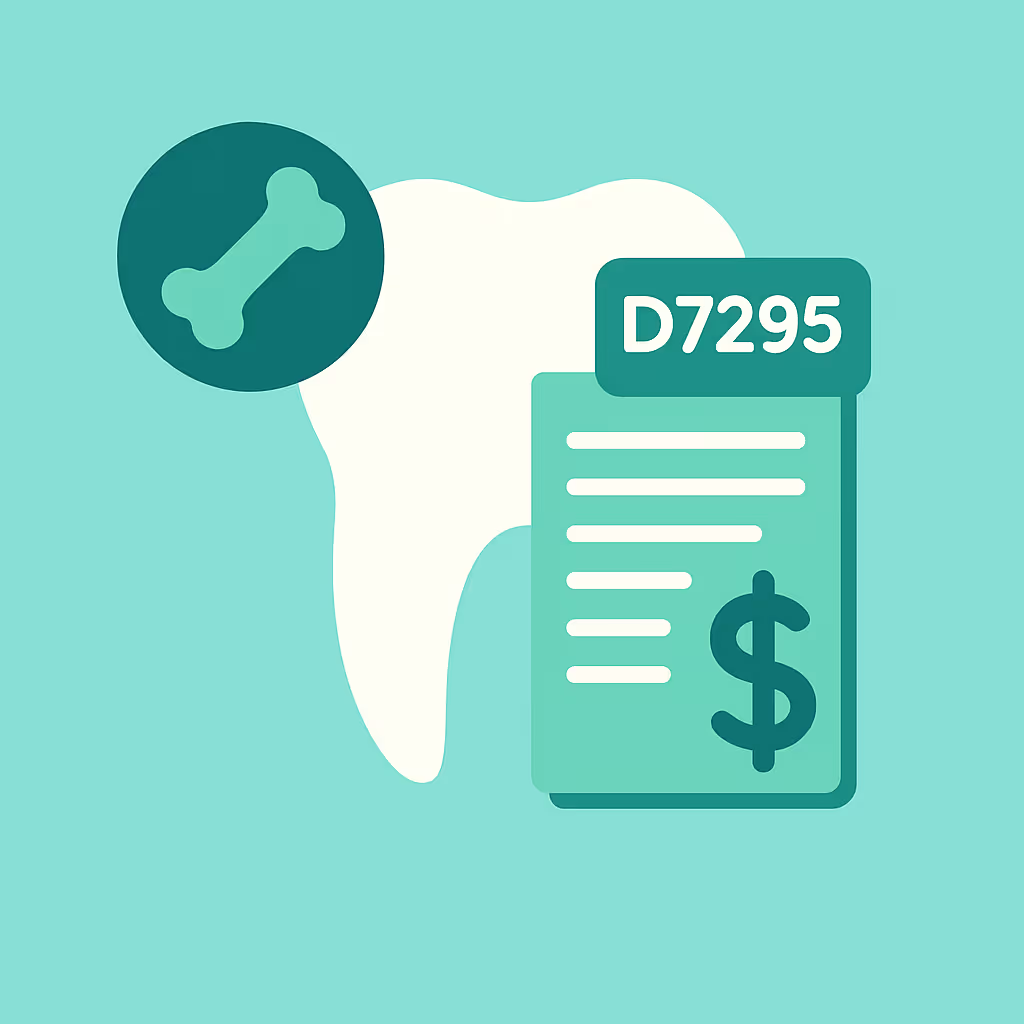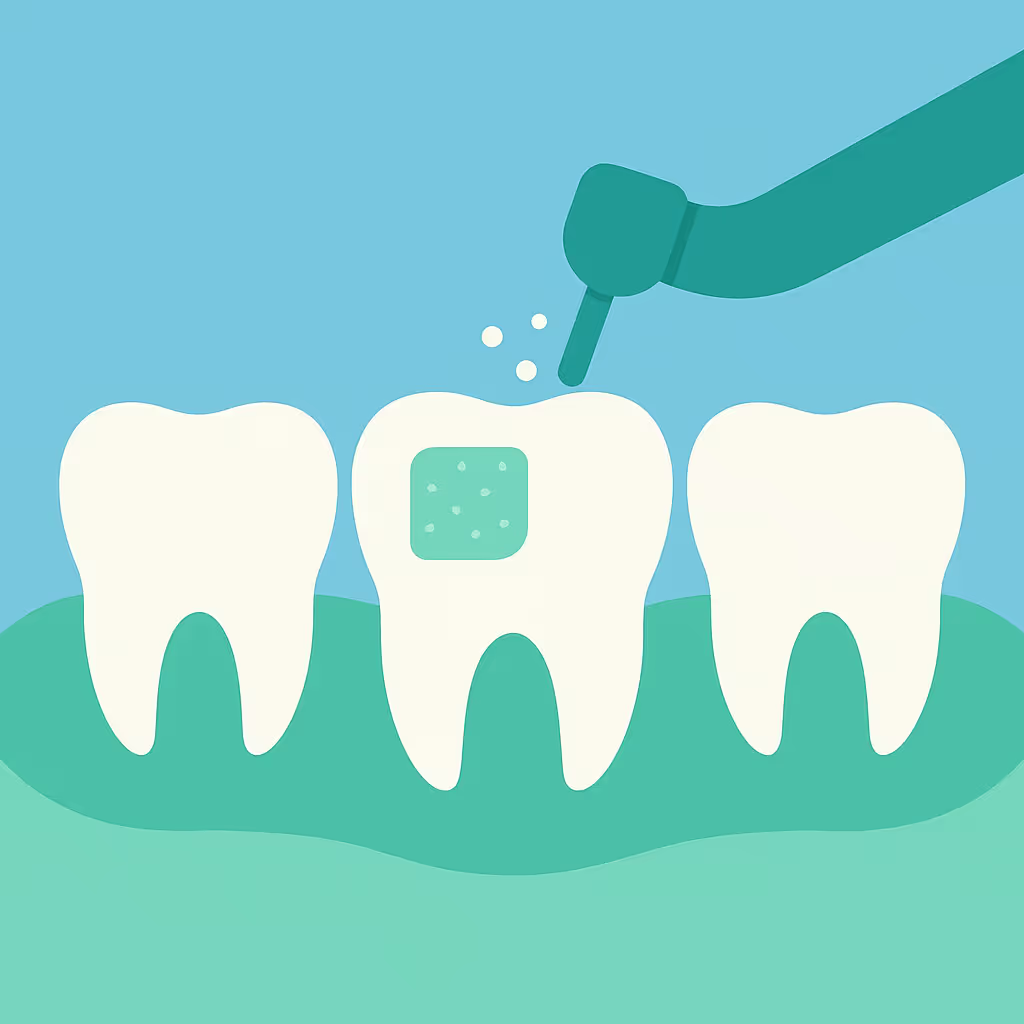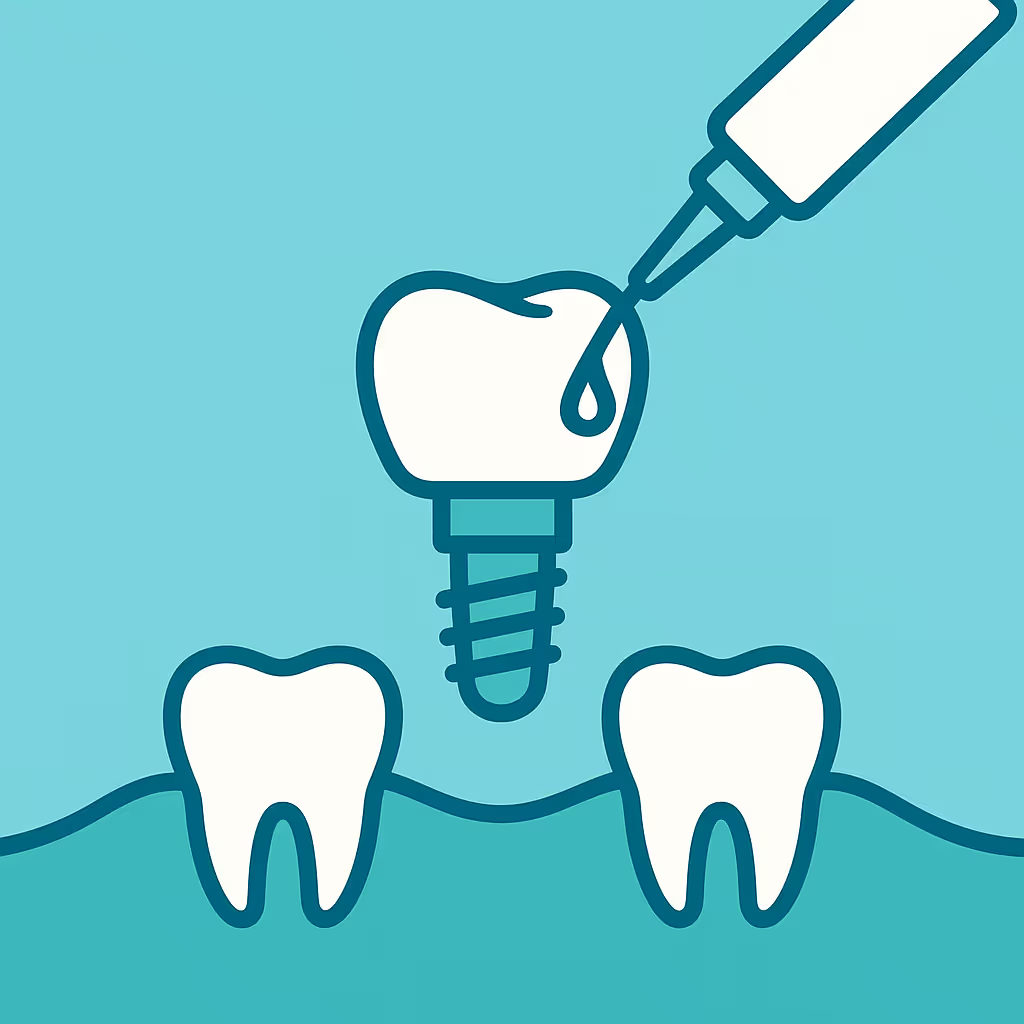Understanding Dental Code D5992
When to Use D5992 dental code
The D5992 dental code is designated for the adjustment of a maxillofacial prosthetic appliance, as reported by the provider. This CDT code is specifically used when a patient’s existing maxillofacial prosthesis—such as an obturator, facial prosthesis, or speech aid—requires modification to restore function, improve fit, or address comfort issues. Unlike codes for initial fabrication or replacement, D5992 is appropriate only when the appliance itself is being altered, not remade or repaired due to breakage. Use this code when the adjustment is clinically necessary and documented, such as after surgical changes, tissue healing, or changes in oral anatomy.
Documentation and Clinical Scenarios
Accurate documentation is essential for successful reimbursement when billing D5992. Dental teams should record the following in the patient’s chart:
- Reason for adjustment: For example, post-surgical tissue changes, discomfort, or functional impairment.
- Description of adjustment: Detail the specific modifications made to the prosthesis (e.g., relining, reshaping, adding retention features).
- Clinical findings: Include before-and-after assessments, intraoral photos, and any relevant radiographs.
- Patient response: Document improvements in fit, function, or comfort.
Common scenarios include adjusting an obturator after maxillectomy healing, modifying a speech bulb for improved articulation, or relining a facial prosthesis following tissue changes. Always ensure that the adjustment is clearly distinguished from repairs (D5991) or new appliance fabrication.
Insurance Billing Tips
Billing for D5992 requires attention to detail and proactive communication with payers. Follow these best practices to maximize claim acceptance:
- Pre-authorization: Contact the patient’s dental or medical insurer to verify coverage for prosthetic adjustments. Some plans require pre-approval or additional documentation.
- Detailed narratives: Include a thorough narrative on the claim form, describing the clinical necessity, type of adjustment, and expected outcome.
- Attach supporting documentation: Upload intraoral photographs, chart notes, and any diagnostic images to support the claim.
- Use correct CDT codes: Ensure D5992 is not confused with codes for repairs, relines, or new appliances. Reference related codes as needed for clarity.
- Track EOBs and AR: Monitor Explanation of Benefits (EOBs) for payment or denial reasons, and follow up promptly with appeals if necessary. Maintain clear records to facilitate Accounts Receivable (AR) management.
If a claim is denied, review the payer’s policy, update documentation as needed, and submit a well-supported appeal. Successful offices often use checklists and templates to streamline this process.
Example Case for D5992
Case: A patient with a surgically placed obturator returns three months post-operatively, reporting discomfort and difficulty with speech. Examination reveals tissue healing has altered the fit of the prosthesis. The dentist relines and reshapes the obturator to improve adaptation and function.
Billing process: The clinical team documents the patient’s complaints, clinical findings, and the specific adjustments performed. Intraoral photos are taken before and after the procedure. The claim is submitted with D5992, a detailed narrative, and supporting images. The insurance company requests additional information, which is promptly provided. The claim is approved, and payment is received within the standard AR cycle.
This example highlights the importance of thorough documentation, clear communication with payers, and diligent follow-up to ensure proper reimbursement for maxillofacial prosthetic adjustments.





